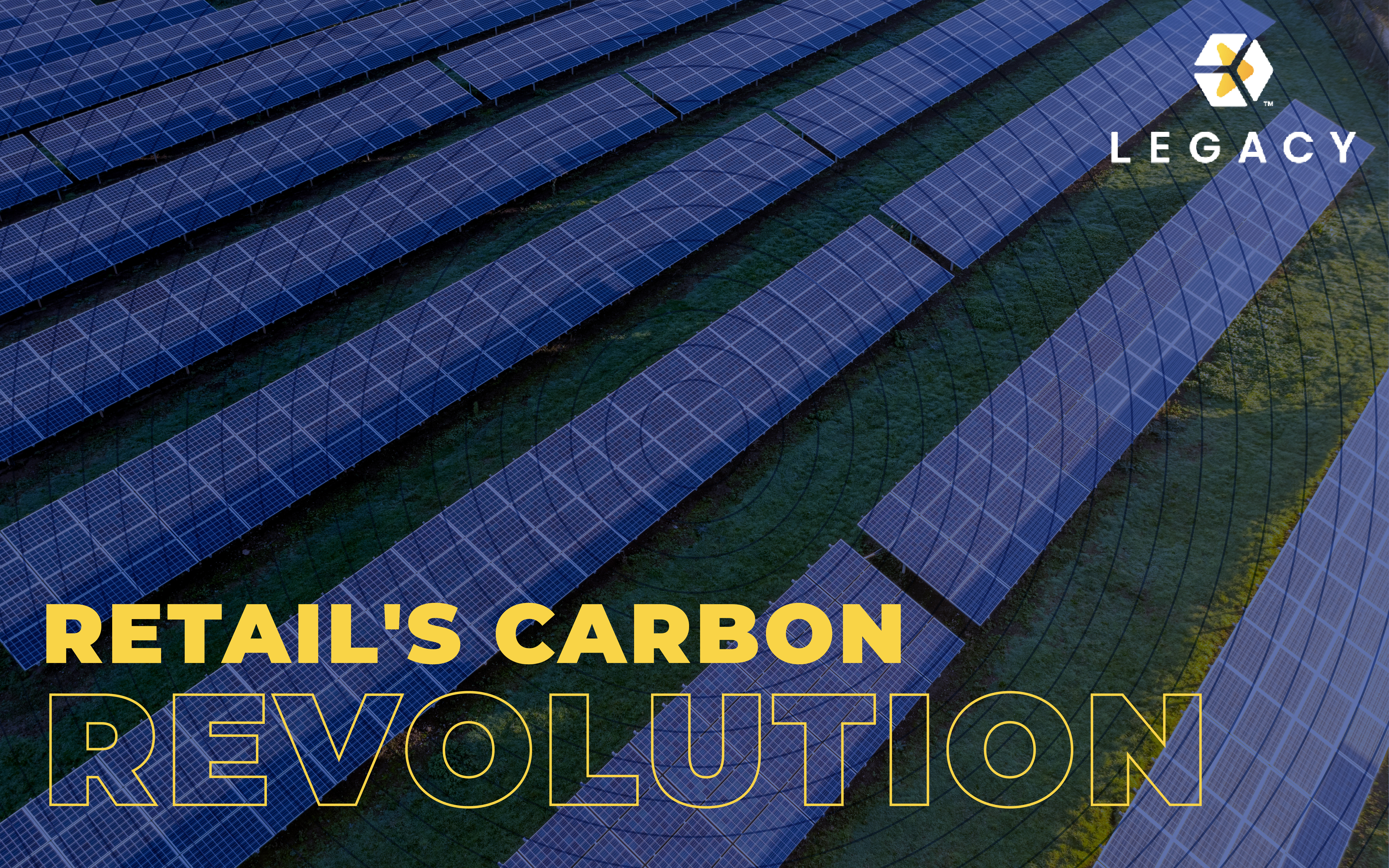The retail industry is witnessing a significant shift, and one company leading the way is tech giant Apple. Known for its innovative products and cutting-edge technology, Apple has set an ambitious goal: to achieve a carbon-neutral footprint by 2030. This move highlights the growing importance of sustainability in the retail sector and its ability to resonate with consumers. But Apple isn’t the only player in this game. Retail giants like Amazon, Microsoft, and IBM have also pledged to do their part in promoting environmental responsibility. It’s a positive step forward for the industry and the planet as a whole.
The Emergence of Carbon Neutrality in Retail
The current movement toward carbon neutrality is not a temporary fad but rather a significant development with the potential to revolutionize the retail landscape, similar to the “organic” trend that altered the market in prior years. Upon closer examination of this transformative shift, we can discern its profound consequences for retailers and consumers, exploring the concrete advantages of sustainability and its capacity to redefine the shopping experience.
The transition toward carbon neutrality within the retail sector is a significant development that benefits retailers and consumers. This transformative era in the industry can potentially revolutionize the retail landscape, much like how the “organic” trend altered the market in prior years. For retailers, embracing carbon neutrality is not just an ecological obligation but a smart financial move. Retailers can save substantial costs by prioritizing efficiency improvements and adopting sustainable practices. Streamlined operations, energy-efficient supply chains, and reduced energy consumption contribute to a smaller carbon footprint and lower operational expenses. Moreover, the positive impact on a brand’s reputation and customer loyalty should be considered. In an age where consumers are increasingly environmentally conscious, retailers that champion sustainability often find themselves in favor of a growing customer base.
The Paris Agreement’s Push Towards Sustainability
Within the framework of the Paris Agreement, both Target and Walmart serve as illustrative examples of a broader commitment shared by all participating entities. This commitment entails a collective endeavor to achieve zero emissions in the future, aligning with the Agreement’s requirements. Under the Paris Agreement, every signatory nation and entity is tasked with reducing carbon emissions by 45% by 2030, ultimately aiming for complete carbon neutrality by 2050.
While neither Target nor Walmart has taken the lead in actively promoting or offering carbon-neutral products to the extent seen with Apple, their dedication to fostering a more sustainable and environmentally responsible future represents a significant step forward within the retail landscape. Beyond these specific retailers, the reentry of the United States into the Paris Agreement underscores that this transition toward sustainability is not merely a fleeting trend but a long-term, collective commitment shared internationally by all participants.
The Impact of Carbon Neutrality on Retail and Consumers
On the consumer front, the advantages are equally profound. Carbon-neutral retailers are better positioned to offer eco-conscious consumers a more comprehensive array of sustainable choices. This shift is particularly significant as the demand for sustainable products and brands surges. Consumers no longer settle for traditional shopping experiences; they actively seek retailers to align with their values. Carbon neutrality extends beyond environmental responsibility; it has become an integral part of the shopping experience. From product design and packaging to supply chain practices, sustainability is now interwoven into the very fabric of retail. Consumers increasingly expect transparency and eco-friendly options, and retailers that respond to these demands meet consumer expectations and gain a competitive edge in an ever-evolving retail landscape.
The Road to a Sustainable Retail Future
As retailers embark on their journey toward carbon neutrality, practical steps are essential to realize the full spectrum of benefits and contribute to a broader positive impact. The first crucial step is establishing clear and attainable sustainability goals that align with a retailer’s values. These objectives should be specific, measurable, and reflective of the retailer’s unwavering commitment to reducing its environmental footprint. By setting targets that resonate with their core values, retailers can instill sustainability into their organizational DNA. Equally vital is the meticulous measurement and reporting of sustainability metrics. This process transcends goal setting; it’s about tracking progress, evaluating the effectiveness of sustainability initiatives, and ensuring transparency with stakeholders.
Furthermore, the profound impact of this journey extends far beyond individual retailers. It underscores the collective endeavors of the retail industry in combating climate change and nurturing a sustainable society. As more retailers pledge their commitment to carbon neutrality, the sector becomes a formidable catalyst for positive change. These efforts can transcend the retail sphere, influencing other industries and creating a ripple effect that reverberates throughout the business world. By embracing carbon neutrality, retailers send a resounding message: sustainability is not merely a choice but a necessity. This transformative journey is poised to shape a future where environmental responsibility is firmly embedded in the core of business practices.
Conclusion
In conclusion, the carbon neutrality revolution in retail is not a fleeting trend but a sustainable retail revolution. It signifies a pivotal moment marked by shifting values, priorities, and expectations within the retail industry. As the significance of sustainability trends in retail becomes increasingly apparent, it falls upon retailers and consumers alike to embrace this transformative journey toward a more sustainable future. The benefits are crystal clear, the impact is far-reaching, and the potential for positive change is boundless. Together, retailers and consumers can reshape the retail landscape and contribute to a world with environmental responsibility and a commitment to sustainability in the highest regard.




